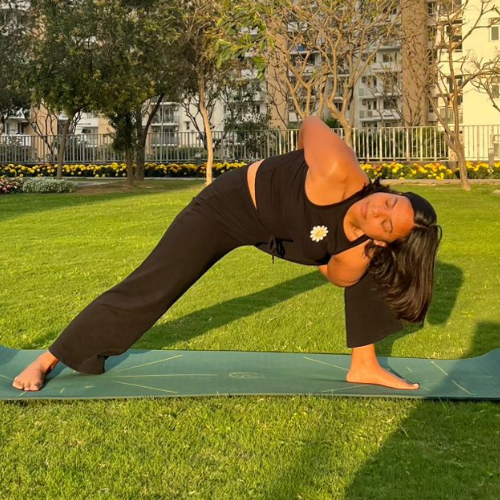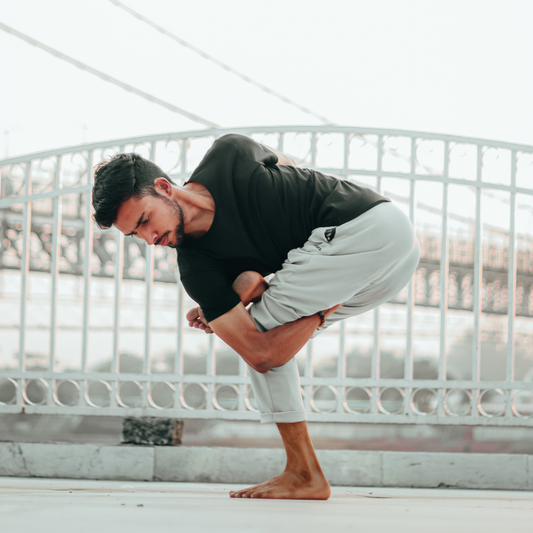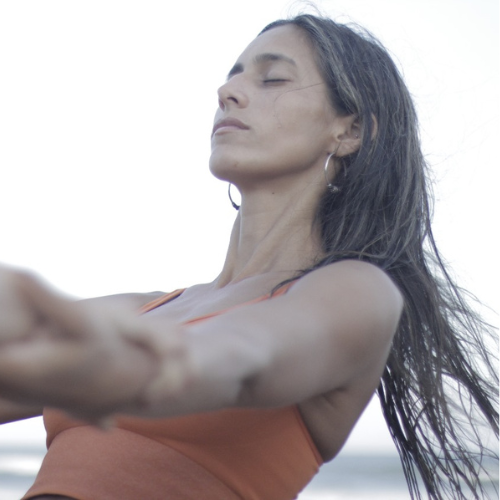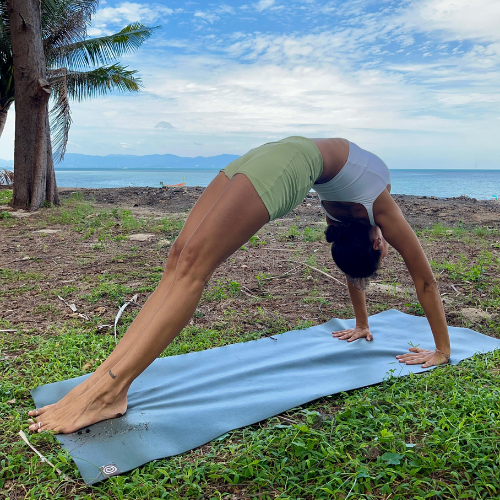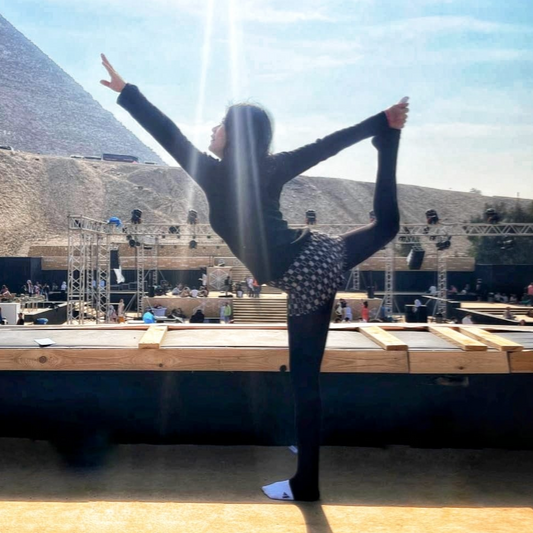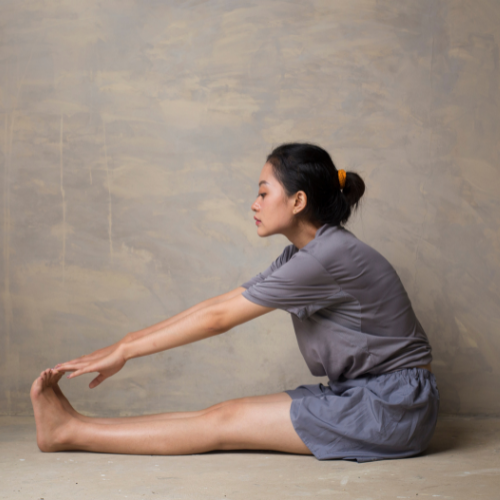
Benefits of Improved Flexible Hamstrings:
Improves posture and reduces lower back pain
Enhances movement efficiency for better sports and daily performance
Increases blood flow, aiding muscle recovery and reducing injury risk
Get started with 7-day trial for only $10.
GET STARTEDChoose by Instructor for Improving Hamstring Flexibility
Discover the benefits of private yoga lessons
Connect with a teacher that understands your situation
Walk a guided path to reach your goals
Get instant actionable feedback to improve faster
Practice truthfully in a safe, familiar space
Enjoy guidance provided from a trusted instructor
Stick with the program with affordable sessions
Self-Diagnosis and Straight Leg Raise test
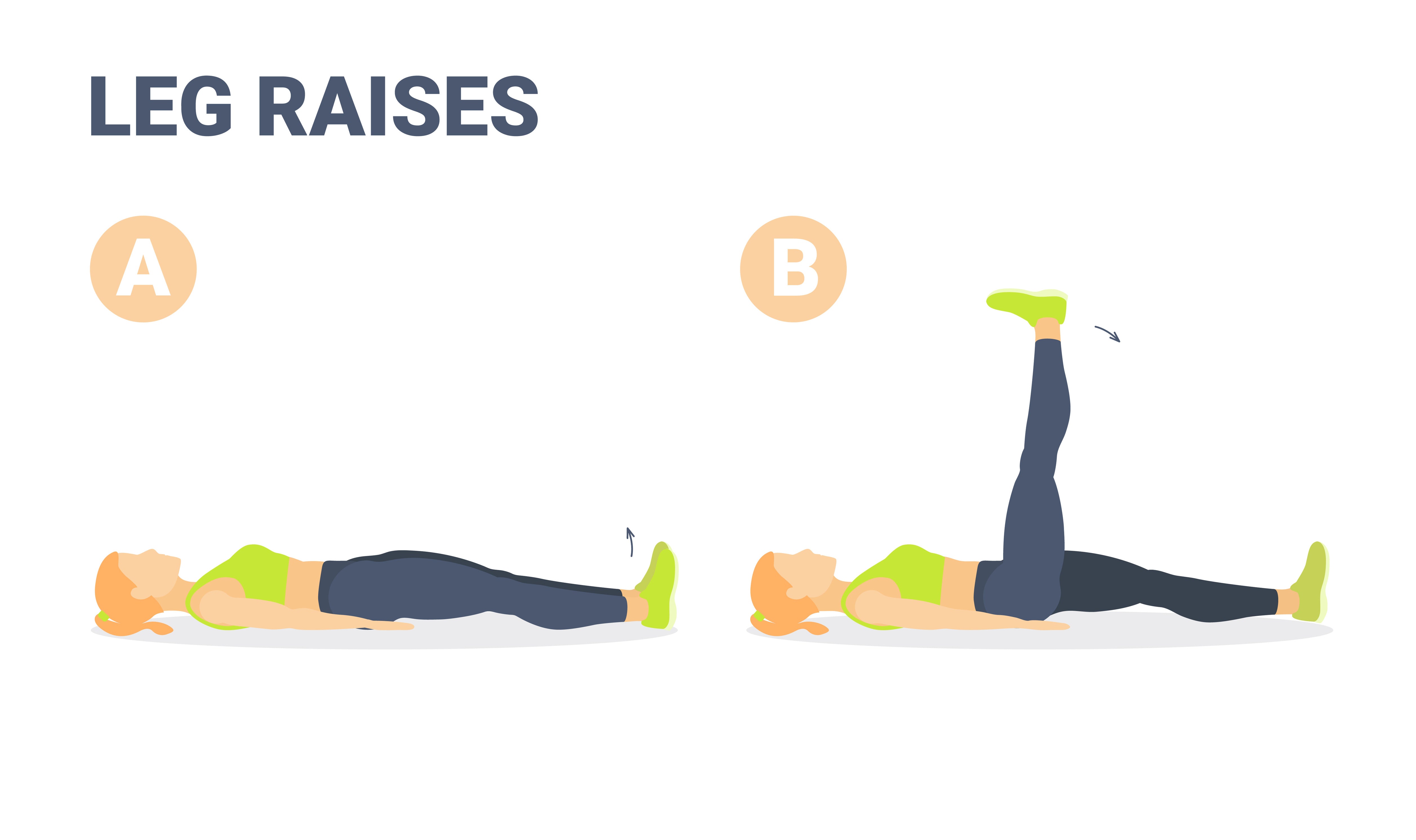
Tips to improve your posture
- Lie on your back and fully extend both knees. This is the starting position for the test.
- While keeping one leg straight, lift it and measure how high it can be raised. Record the maximum angle achieved during the lift. An angle close to 90 degrees is typically indicative of good hamstring flexibility.
- Observe if the knee of the lifted leg remains fully extended. A bent knee may suggest that your hamstrings are not sufficiently flexible.
- Ensure that your lower back stays flat on the floor throughout the test. If your lower back lifts off, it may indicate tightness in the hamstrings.
Common causes of lack of flexibility in the hamstrings
A sedentary lifestyle, particularly one involving long hours of desk work, is a major contributor to the lack of hamstring flexibility. This is because sitting keeps the hamstrings in a shortened state, leading to progressively shorter and stiffer muscles. Additionally, inadequate exercise habits, including insufficient stretching or warm-up routines, can cause hamstring tension. Overusing the hamstrings in certain sports or activities can also lead to stiffness and reduced flexibility. Furthermore, the natural aging process causes muscles to lose elasticity and shrink due to changes in the collagen within the muscles, significantly decreasing hamstring flexibility.This problem worsens when regular stretching and appropriate exercise are neglected.
Helpful yoga poses to improve hamstring flexibility
Uttanasana (Standing Forward Bend Pose):

Uttanasana is an effective pose for stretching the hamstrings and softening the back. Stand with feet shoulder-width apart. Take a deep breath, and as you exhale, fold your torso forward. Slightly bending the knees can ease the pressure on the hamstrings and gradually decreasing the bend can help improve flexibility. Place your hands on the floor, or hold your ankles, shins, or thighs. Perform 5 deep breaths and with each exhale, fold further forward.
Janu Sirsasana (Head-to-Knee Forward Bend):

This pose allows you to focus on stretching one hamstring at a time. Sit on the floor with both legs extended in front of you. Bend your right leg and place the sole of the right foot against the inner left thigh. Inhale deeply, and as you exhale, fold your torso toward the left leg. Grasp the toes of the left foot with both hands, or place your hands as far down the leg as possible. Repeat 5 deep breaths on each side, deepening the pose in a relaxed manner.
Prasarita Padottanasana (Wide-Legged Forward Bend):

This pose not only increases the flexibility of the hamstrings but also that of the inner thighs. Stand with a wide stance, toes pointing slightly inward. Keep your spine straight as you lean your torso forward. Place your hands on the floor, bending your elbows for a deeper stretch. In this pose, maintain a relaxed state in your neck and shoulders while taking 5 deep breaths.
- How long does it take to soften the hamstrings?
- The time it takes to improve hamstring flexibility varies from person to person and requires regular, properly executed practice. It might take several weeks or even months to see a significant difference. It is important to practice consistently and with patience.
- Can I still improve my hamstring flexibility if I have a history of back pain?
- Yes, with proper guidance and gradual progression, individuals with back pain can work on improving hamstring flexibility. It is important to ensure that exercises are done with the correct form and possibly under the supervision of a healthcare professional or a qualified yoga instructor.
- Should I practice yoga poses for hamstring flexibility every day?
- While daily practice can be beneficial, it's important to allow the body to rest. Balancing days of intense stretching with days of rest or gentle movement is key to allowing muscles to recover and grow stronger.
Frequently Asked Questions
Ready to start your yoga journey?
Discover a new you. Try our 7-day trial and get up to 3 private yoga sessions for only $10.
GET STARTED- Choosing a selection results in a full page refresh.

